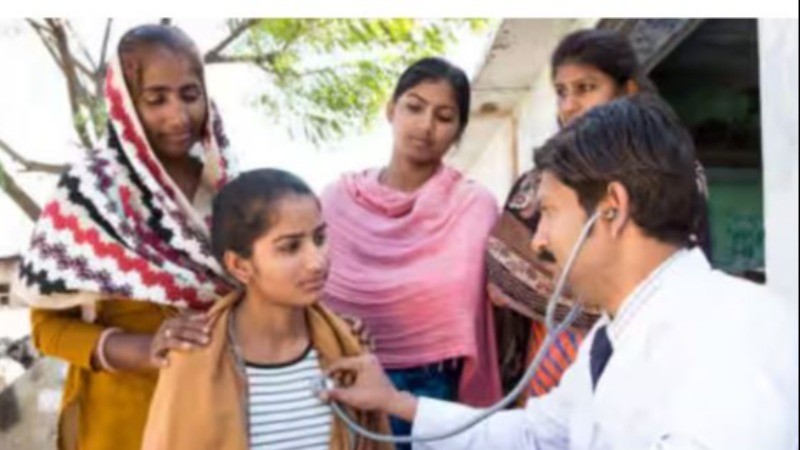
Research conducted in recent years has shown that every year 3 to 7 percent of Indians fall below the poverty line due to their out-of-pocket expenditure on health services (OOPE). Its effect is especially high in rural areas and poor states. OOPE i.e. Out of Pocket Expenditure has a bad effect on those who are already deprived of facilities. The Government of India has paid a lot of attention to health policy in recent times and on 25 September 2024, the Government of India has released the National Health Account (NHA) report for 2020-21 and 2021-22.
Key findings of the NHA report
The NHA report released for 2021-22 shows several changes in various aspects of health financing over the years. Between 2013-14 and 2021-22, out-of-pocket expenditure (OOPE) on health services saw a sharp decline. This figure fell from 64.2 percent in 2013-14 to 39.4 percent in 2021-22. Government health expenditure (GHE) has also increased from 28.6 percent to 48.0 percent during this period. This trend of declining OOPE and increasing GHE is a turning point for Indian health policy. The government has made efforts for many years to improve this, and now its effect is visible.
Total Health Expenditure (THE)
Total health expenditure (THE), which is a share of GDP, has seen a decline over the last decade. This is mainly because state and central governments have increased public spending on health. This has reduced the burden of healthcare expenditure on Indian families. However, despite the improvement, 39.4 percent of total health expenditure is still paid out of pocket, which is a big challenge for the government in the years to come. India still has a lot of work to do to reach the target of the 2017 National Health Policy (NHP), which aims to increase government spending on health to 2.5 percent of GDP by 2025.
Decline in OOPE and contribution of GHE
According to the NHA report, two-thirds of the total government health expenditure (GHE) is borne by the state governments and one-third by the central government. During the pandemic, the central government spent more in the health sector, which brought some change in this structure. However, after the pandemic, the health sector did not progress much due to the improper use of the central budget.
The government has not cut the health budget to pre-pandemic levels, which leaves room for further cuts in health spending. Also, the inclusion of all citizens above 70 years of age under the Ayushman Bharat-Pradhan Mantri Jan Arogya Yojana (AB-PMJAY) and proper utilization of funds in government hospitals are expected to improve health services.
Future challenges
Although the decline in OOPE and the increase in government expenditure is a positive sign, the government still needs to pay more attention to policy making going forward. The burden of health expenditure on the public has still not reduced, and the government will have to use its budget and schemes properly to address this.
Amit Shah Hints at Passing Waqf Bill in Winter Session; Criticizes Congress in Haryana Rally
Amit Shah Hints at Passage of Waqf Bill 2024 in Upcoming Winter Session
Amit Shah Labels Rahul Gandhi a "Lie Machine" at Haryana Election Rally